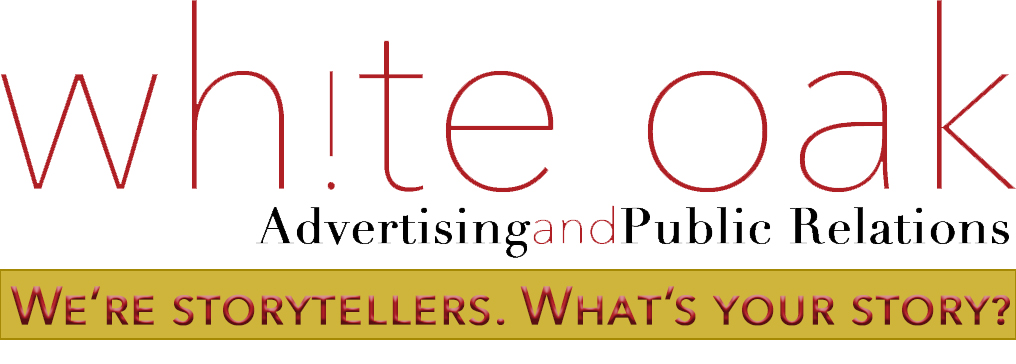Social media has become a required part of daily life. Virtually every company has a Facebook page, Instagram and Twitter.
There is a similarity between Twitter and a drill, they are both great tools, but only when you know how to use them correctly. The last thing you want is a Twitter account that just exists, like a drill gathering up dust as it is stored in the garage.
Now is a better time than ever to dust off that old drill and put it to work!
There are a few steps you can take to reach this goal:
Show your company brand
Customize your Twitter profile with your business logo, colors, etc.
Make sure your Twitter handle relates to the company and is easy to find. Do not own a bakeshop and make your handle, “@musicandbooks”. Do own a bakeshop and make your handle, “@amysbakedgoods”
For the header, use an image of your company logo or something of the sort. Any photo that is professional, good quality, and directly related to your business.
Your profile picture should be of something like your business logo, businesses initials or maybe a photo of the CEO/ owner, if relevant.
For your bio, you only have 160 words to convince users to stay on the page/ follow your business, don’t waste them. Some ideas for a successful bio are your company’s mission statement, history or maybe a funny caption to grab attention.
Research who you want for your target audience
Write your tweets and design your header and bio in a way that will appeal to your target audience.
Decide who you want to see your tweets. Then follow some members of your target audience to entice them to follow you back. Use hashtags to see who is posting what you are interested in. For example, if you are an advertising agency, look up something such as #marketing or #businessideas.
Drive traffic to your website
Include your web address in your bio.
Link posts from the website onto Twitter
Organize a Twitter Chat
Twitter lets you schedule these as a direct way to interact with your followers and answer any questions that they may have. To host it, choose a topic, set a time and date and create a hashtag for the chat. You can also share the chat info with followers in a tweet, on your website, in your bio, etc. Followers should be able to view all responses, questions, and comments regarding the topic by searching the created hashtag. Followers can respond, as well as share their own comments by adding the hashtag to their tweets.
Try these out and keep checking out our website for more tips on how to utilize Twitter as a business tool.
Contact us at White Oak if you want to use more tools like this to grow your business, we are ready to help!
Source:
https://blog.hubspot.com/blog/tabid/6307/bid/25084/the-ultimate-cheat-sheet-for-expert-twitter-marketing.aspx

